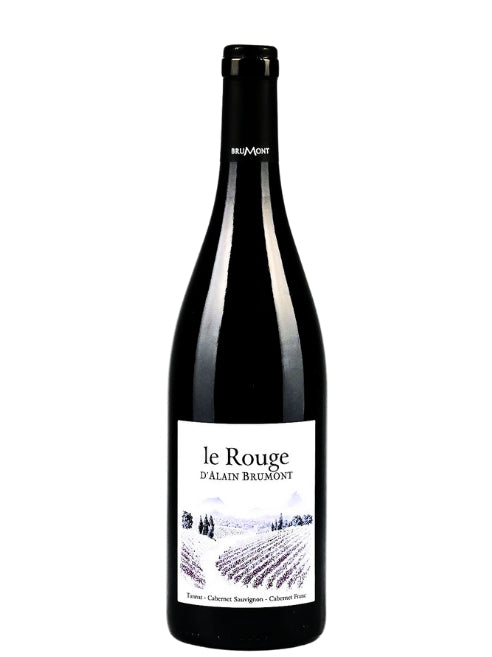The 51 Alsatian Grands Crus

Grand Cru and Premier Cru in Champagne
While this functioning therefore enhances part of the terroirs producing the best grapes, the value of the notion of Cru in Champagne does not have the same force as in Burgundy or in Alsace. Indeed, Champagne Grands and Premiers Crus represent almost 26% of the total surface area of the region, it is twice as much as in Burgundy! The tolerance is therefore much wider here and some plots within Premier or Grand Cru villages would probably not deserve to be classified.
Consequently, if for the consumer these references are still a good indicator, we must once again keep in mind that they are not as elitist as in some other regions.

The sweet Grands Crus of the Loire
The AOC Quarts-de-Chaume thus became in 2011 the AOC "Quarts-de-Chaume Grand Cru" and the lieu-dit "Chaume" within the AOC Coteaux-du-Layon became the AOC "Coteaux-du-Layon Premier Cru Chaume ».
These appellations produce the best sweet whites in the region, all made from Chenin blanc , harvested in overripe and botrytised (noble rot). Representing only 120 hectares, the classification of these terroirs mainly composed of shale and sandstone and facing due south was not easy and took nearly 10 years.
We bet that in the years to come, other terroirs will probably emerge within the region in order to be better valued and that the concept of Cru en Loire will no longer be reserved solely for sweet wines!

The Grands Crus of Provence
Thus, in July 1955, 23 farms (out of the 300 listed at the time) received the distinction of "Cru Classé" according to 4 criteria : the history of the estate, the obligation to bottle at the property, a minimum time to market for wines as well as direct sales. Today, 18 domains continue to claim this mention, 5 of them having since disappeared. Among this list and not exhaustively: Minuty, Château Roubine, Domaine de la Croix, Château Sainte-Marguerite, Clos Cibonne etc.
This ranking is not based on any qualitative criteria, so it is very questionable and disputed. Moreover, unlike the Bordeaux classification of 1855 from which this Provençal classification was largely inspired, all cuvées from the same estate can bear the mention "Cru Classé" on their bottle... Let's admit that this may leave you wondering when it comes to tasting the property's entry-level cuvée. In addition, and as is also the case in Bordelais, if one of these estates decides to buy new land, the wines produced from these lands could then still bear the mention "Cru Classified", although no control relating to the quality of these terroirs had been done!
Finally, this hierarchy is also not subject to change. However, an update would be welcome. Indeed, with the number of producers in the region having doubled since the ranking was created (from 300 to 600), some of these "new" estates would most likely fit right in with this presumed elite.
You will therefore have understood that this very debatable classification is not of great interest to the consumer when choosing his wine. Nevertheless, we should not make definitive generalizations and some classified properties still produce some of the best wines in the region. For example, the superb rosé, white and red cuvées from Château Sainte-Marguerite.

Conclusion
You now know almost everything about the many wine classifications of our beautiful French regions. All you have left is the practice so that all your new knowledge does not remain purely theoretical. Go to The Lighted Cellar!





























